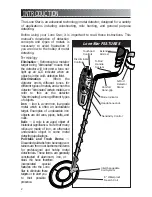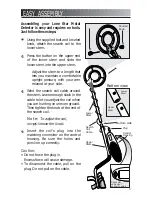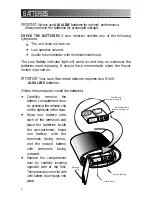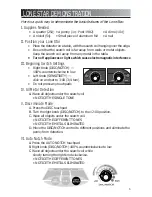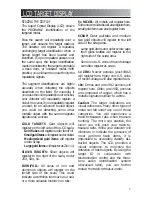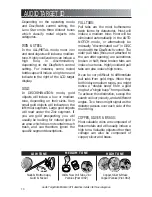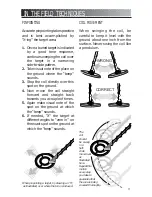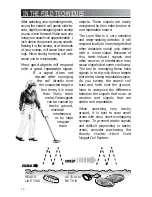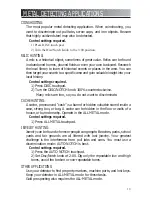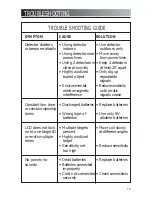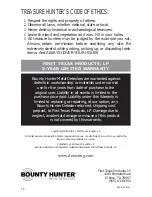
2
INTRODUCTION
The Lone Star is an advanced technology metal detector, designed for a variety
of applications including coinshooting, relic hunting, and general purpose
detecting.
Before using your Lone Star, it is important to read these instructions. This
manual's description of detection
concepts and types of metals is
necessary to avoid frustration if
you are new to the hobby of metal
detecting.
Terminology
Elimination
— Reference to a metal or
target being "eliminated" means that
the detector will not emit a tone nor
light up an LCD indicator when an
object is in the coil’s detection field.
Discrimination
— When the
detector emits different tones for
different types of metals, and when the
detector "eliminates" certain metals, we
refer to this as the detector
"discriminating" among different types
of objects.
Iron
— Iron is a common, low-grade
metal which is often an undesirable
target. Examples of undesirable iron
objects are old cans, pipes, bolts, and
nails.
Relic
— A relic is an aged object of
historical significance. Note that many
relics are made of iron, an otherwise
undesirable object in some metal
detecting applications.
Pull-tabs and Trash Items
—
Discarded pull-tabs from beverage con-
tainers are the most bothersome items
for professional and hobby metal
detectorists. These items are generally
constructed of aluminum, iron, or
steel. We have therefore
incorporated
special
features into the Lone
Star to eliminate these
targets or to alert you
to their possible
presence.
Lone Star FEATURES
Interchangeable
Coil System
Headphone Jack
Touchpad
Controls
S-Rod
Handle
System
Mode Indicator
S-Rod
Detector
Stand
8" Waterproof
Search Coil
Comfort
Hand-grip
Extended
Armrest
Discriminate
Control
Sensitivity Control
PRESS FOR
T
ARGET MODE
IR
ON
FOIL
5¢
N
IC
K
E
L
1¢
ZINC
1¢ 10¢ 25¢ 50¢
SCRAP


